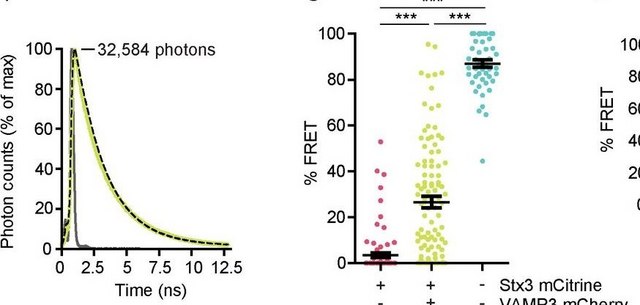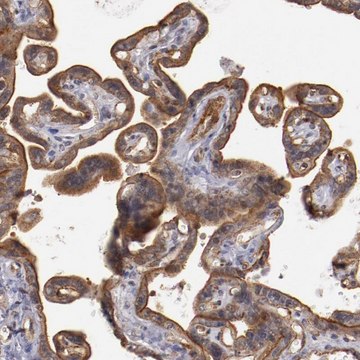SML2383
Isosilybin
≥98% (HPLC)
Synonym(s):
Isosilybin, mixture of isomers, (2R,3R)-2-[2,3-Dihydro-2-(4-hydroxy-3-methoxyphenyl)-3-(hydroxymethyl)-1,4-benzodioxin-6-yl]-2,3-dihydro-3,5,7-trihydroxy-4H-1-benzopyran-4-one, Isosilybinin
About This Item
Recommended Products
assay
≥98% (HPLC)
form
powder
color
white to beige
solubility
DMSO: 2 mg/mL, clear
storage temp.
−20°C
SMILES string
O1C(C(Oc3c1cc(cc3)C4Oc5c(c(cc(c5)O)O)C(=O)C4O)c2cc(c(cc2)O)OC)CO
InChI
1S/C25H22O10/c1-32-17-6-11(2-4-14(17)28)24-20(10-26)33-18-7-12(3-5-16(18)34-24)25-23(31)22(30)21-15(29)8-13(27)9-19(21)35-25/h2-9,20,23-29,31H,10H2,1H3
InChI key
FDQAOULAVFHKBX-UHFFFAOYSA-N
Looking for similar products? Visit Product Comparison Guide
1 of 4
This Item | MABN2394 | HPA002191 | MAB336 |
|---|---|---|---|
| Gene Information human ... STX3(6809) | Gene Information mouse ... Stx3(20908) | Gene Information human ... STX3(6809) | Gene Information human ... STX1A(6804) |
| species reactivity human, rat | species reactivity mouse, human, bovine | species reactivity human | species reactivity hamster, human, pig, rat |
| antibody form purified antibody | antibody form purified antibody | antibody form affinity isolated antibody | antibody form ascites fluid |
| clone 1-146, monoclonal | clone 12E5, monoclonal | clone polyclonal | clone SP8, monoclonal |
| biological source mouse | biological source mouse | biological source rabbit | biological source mouse |
| isotype IgG1κ | isotype IgG2aκ | isotype - | isotype IgG1 |
Biochem/physiol Actions
signalword
Warning
hcodes
Hazard Classifications
Acute Tox. 4 Oral
Storage Class
11 - Combustible Solids
wgk_germany
WGK 3
flash_point_f
Not applicable
flash_point_c
Not applicable
Choose from one of the most recent versions:
Certificates of Analysis (COA)
It looks like we've run into a problem, but you can still download Certificates of Analysis from our Documents section.
If you need assistance, please contact Customer Support
Already Own This Product?
Find documentation for the products that you have recently purchased in the Document Library.
Customers Also Viewed
Our team of scientists has experience in all areas of research including Life Science, Material Science, Chemical Synthesis, Chromatography, Analytical and many others.
Contact Technical Service











